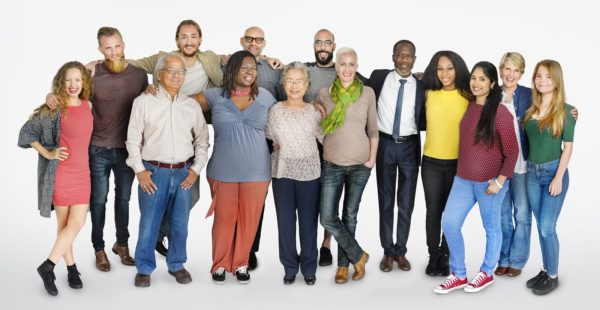Overall, few people actually sign up for and participate in trials, and those who do participate don’t always represent the U.S. population. Participation is especially low for certain populations, including adults age 75 or older and people from certain racial and ethnic groups. That’s why federal government agencies are encouraging more patients to participate in clinical trials, especially people of different ages, races, ethnic groups and genders.
Why is diversity important?
Clinical trials, and the people who volunteer to participate in them, are essential to help the development of ways to fight illnesses.
To make sure there’s a full picture of the risk or benefit of a medical product, patients enrolled in a trial should be representative of the types of patients who are likely to use the medical product if it is approved by the Food and Drug Administration.
Certain populations can be more at risk for certain diseases—such as diabetes and heart disease—than others. So it is important for patients in those populations who are more likely to be treated for a condition to be included in a trial.
And experience has shown that there can be important differences in how people of diverse groups respond to medical products. Information on those differences can then be included in the product labeling to help doctors and patients make treatment decisions.
The bottom line? Researchers should test medical products in all groups of people to help ensure medical products are safe and effective in everyone who will use them. That’s why diversity in clinical trials is essential.
Still, not enough people participate, and there aremany reasons why. For instance, few doctors who see patients also conduct clinical research. And it may be difficult for some patients to find the time or have the resources to get to a trial site.
Since medical products are developed globally (with many clinical trials conducted outside the U.S.), these trials may not include the diversity of the U.S. population.
Some U.S. patients also may not trust medical research due to historical mistreatment of study subjects, such as those involved in the Tuskegee Study, which began in 1932 and continued for 40 years. That study’s serious flaws led to major changes in how clinical trials are conducted in order to protect the rights, safety and welfare of patients in clinical trials.
Today, participants’ rights are protected by law and by committees such as “institutional review boards.” These ethics committees, also known as IRBs, are independent from the people conducting the study. IRBs carefully review plans for research involving people before research can be conducted and at least once a year while research is conducted.
Keep in mind that clinical trials have possible risks and benefits.
Sometimes patients enroll in a clinical trial to get early access to what they believe is a promising therapy. However, there are no guarantees that the therapy will work or that they will be assigned to the group of patients who receive the therapy under study. They instead may be assigned to a comparison group that receives another approved treatment or placebo. Either way, they will likely receive the highest standard of current care for their condition, will be asked to undergo various tests and could be required to come back to the clinic for repeat visits.
But clinical trials also can carry serious risks—an important fact to consider. Participants learn about known risks during the informed consent process, but sometimes risks are not known until clinical trials are under way or completed.
What else is being done to encourage diversity?
The FDA works with a variety of stakeholders, including federal partners, medical product manufacturers, medical professionals and health advocates.
- There’s a dedicated section on the FDA’s website for patients that provides information and tools to encourage clinical trial participation. This section includes information that focuses on people of different ages, races, ethnic groups and genders.
- The FDA’s Office of Women’s Health, along with the National Institutes of Health Office for Research on Women’s Health, launched an initiative to raise awareness among women and share best practices for clinical trials.
- The FDA’s Office of Minority Health also has tools to encourage people and their health-care providers to learn about trials, including public service announcements.
- And the FDA offers guidance for researchers as appropriate, including recent recommendations to industry and agency staff on how race and ethnicity data should be collected.
Many people volunteer for clinical trials to help others. So, although you may not directly benefit during a clinical trial, the information collected can add to scientific knowledge and help with future research and product development.
You can talk to your health-care provider to find out if a clinical trial may be right for you.
NIH also keeps a list of ongoing trials, so you can search for studies at clinicaltrials.gov. All clinical trials specify who is eligible to participate, and participants must be accepted before joining.





